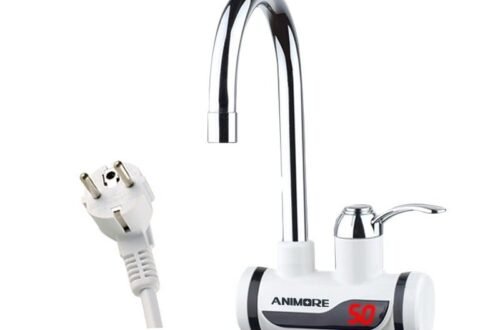The Rise of UV LED Technology
Ultraviolet (UV) LED technology has rapidly transformed various industries, thanks to its energy efficiency, compact size, and environmental benefits. UV LEDs emit ultraviolet light, which is used for sterilization, curing adhesives, and detecting substances. This technology’s growing applications have sparked a surge in demand, positioning UV LED manufacturers at the forefront of innovation. Manufacturers are investing heavily in research and development to enhance UV LED performance, extending their lifespan, and improving wavelength precision for specific industrial uses.
Key Players in the UV LED Market
Several manufacturers have established themselves as leaders in the UV LED sector by offering cutting-edge products and tailored solutions. Companies like Nichia, Seoul Viosys, and LG Innotek have pioneered advancements in UV LED efficiency and power output. These manufacturers focus on producing UV LEDs with different wavelengths, ranging from UV-A to UV-C, to serve diverse applications such as water purification, air sterilization, and medical equipment. Their dedication to quality and technological innovation helps meet the increasing standards required by global markets.
Manufacturing Challenges and Technological Solutions
Producing UV LEDs presents unique challenges, such as managing heat dissipation, maintaining consistent wavelength output, and ensuring durability under continuous operation. Manufacturers address these hurdles by adopting advanced materials like aluminum nitride substrates and improving chip designs to boost efficiency. Innovations in packaging technologies also play a vital role in protecting UV LEDs from environmental damage and enhancing their operational stability. These technical improvements help manufacturers deliver products that are both reliable and cost-effective.
Applications Driving Demand for UV LEDs
The demand for UV LEDs spans numerous industries, pushing manufacturers to diversify their product offerings. In healthcare, UV LEDs are critical for sterilizing surgical tools and hospital environments to reduce infections. In industrial sectors, they are used to cure inks and coatings rapidly, enabling faster production cycles. Environmental applications include purifying drinking water and treating wastewater with UV-C LEDs. This broad spectrum of uses incentivizes manufacturers to innovate continuously, ensuring their UV LEDs meet specialized needs while complying with safety and environmental regulations.
Future Trends in UV LED Manufacturing
Looking ahead, UV LED manufacturers are focusing on improving the scalability and cost-efficiency of their production processes. Emerging trends include integrating smart control systems for more precise UV exposure and developing flexible UV LED arrays for wearable or portable devices. Additionally, collaborations between manufacturers and research institutions are accelerating breakthroughs in UV LED materials and device architectures. As global awareness of hygiene and sustainability grows, the UV LED manufacturing industry is poised for robust expansion, driven by technological advancement and increasing adoption across multiple sectors.


